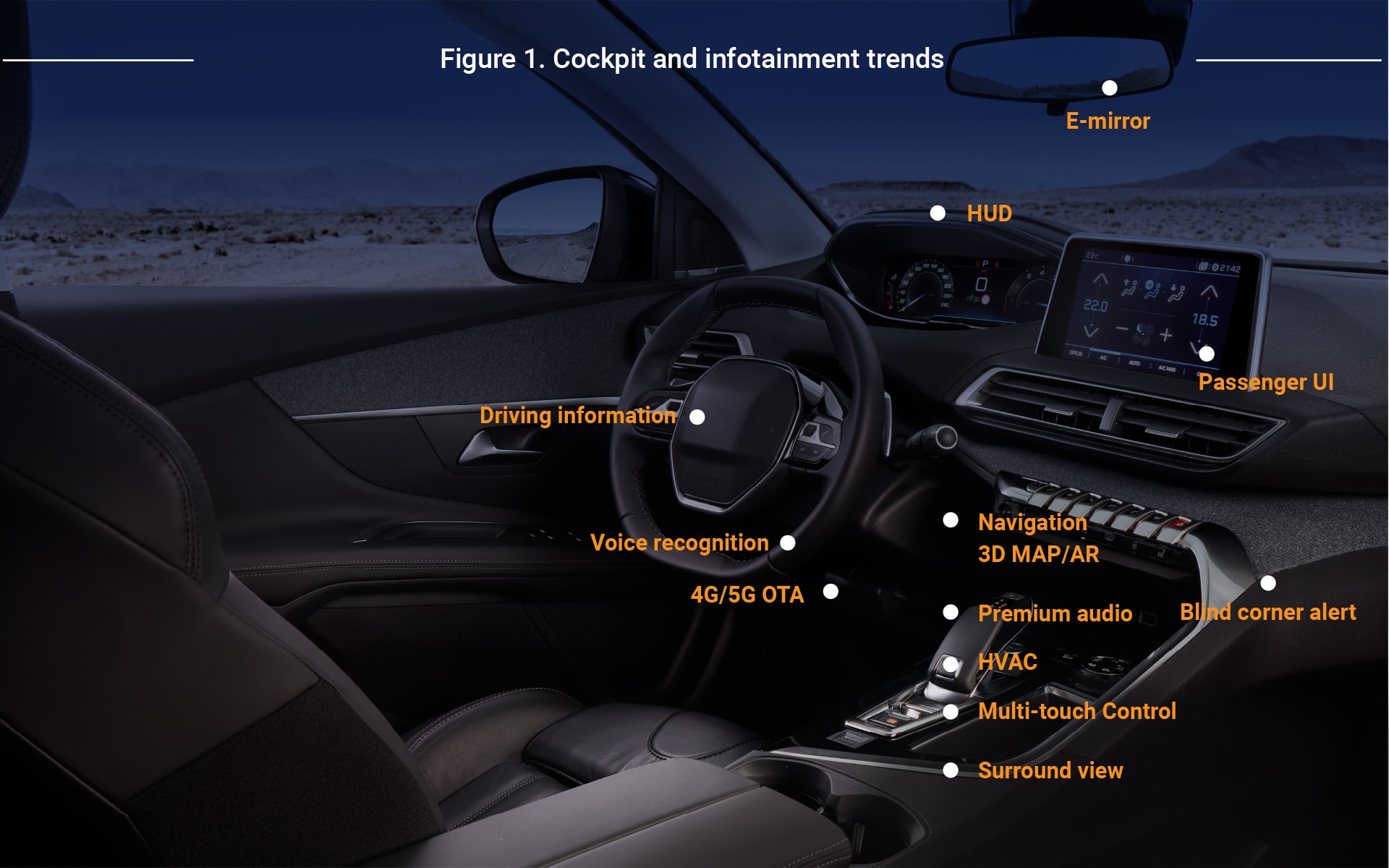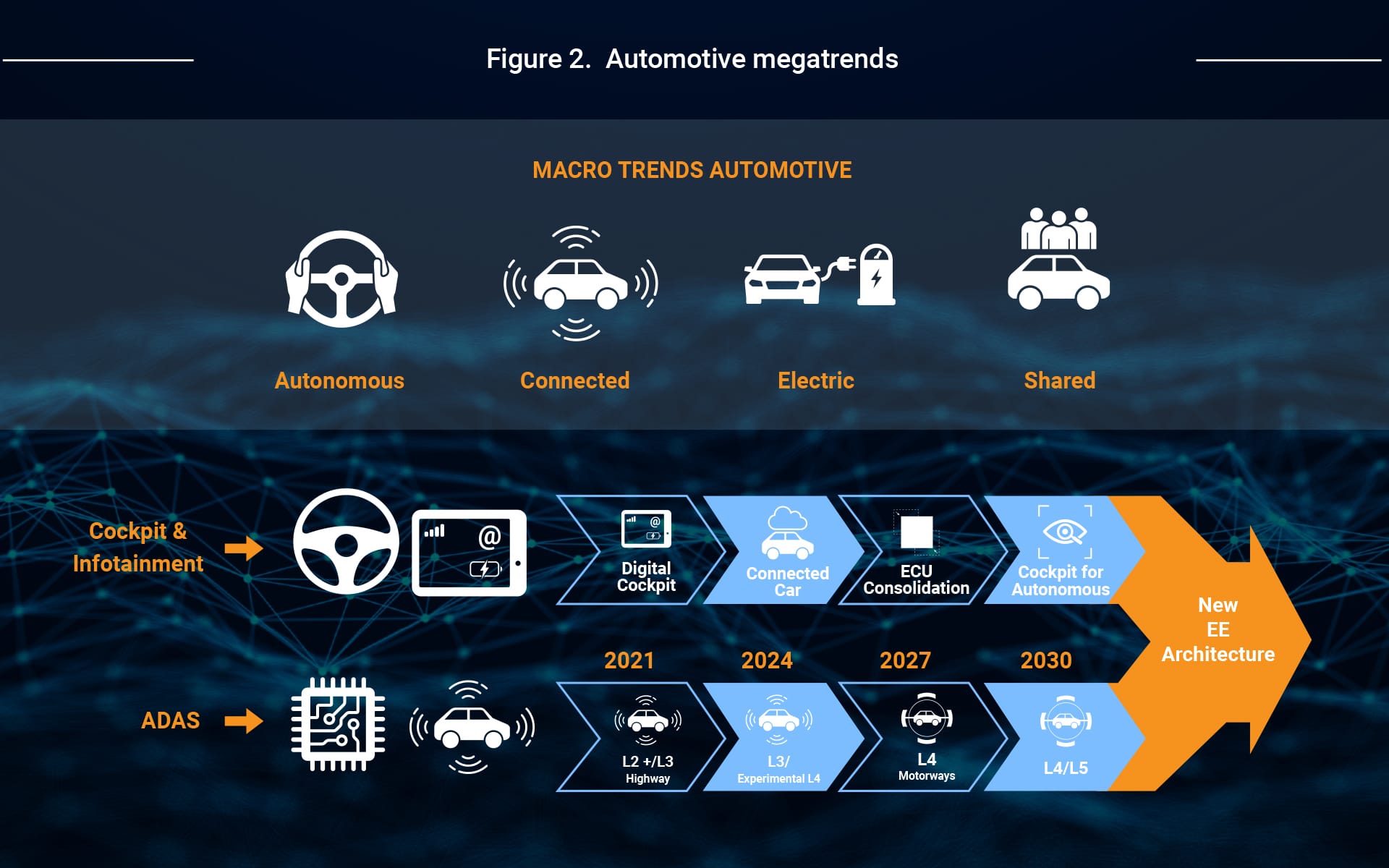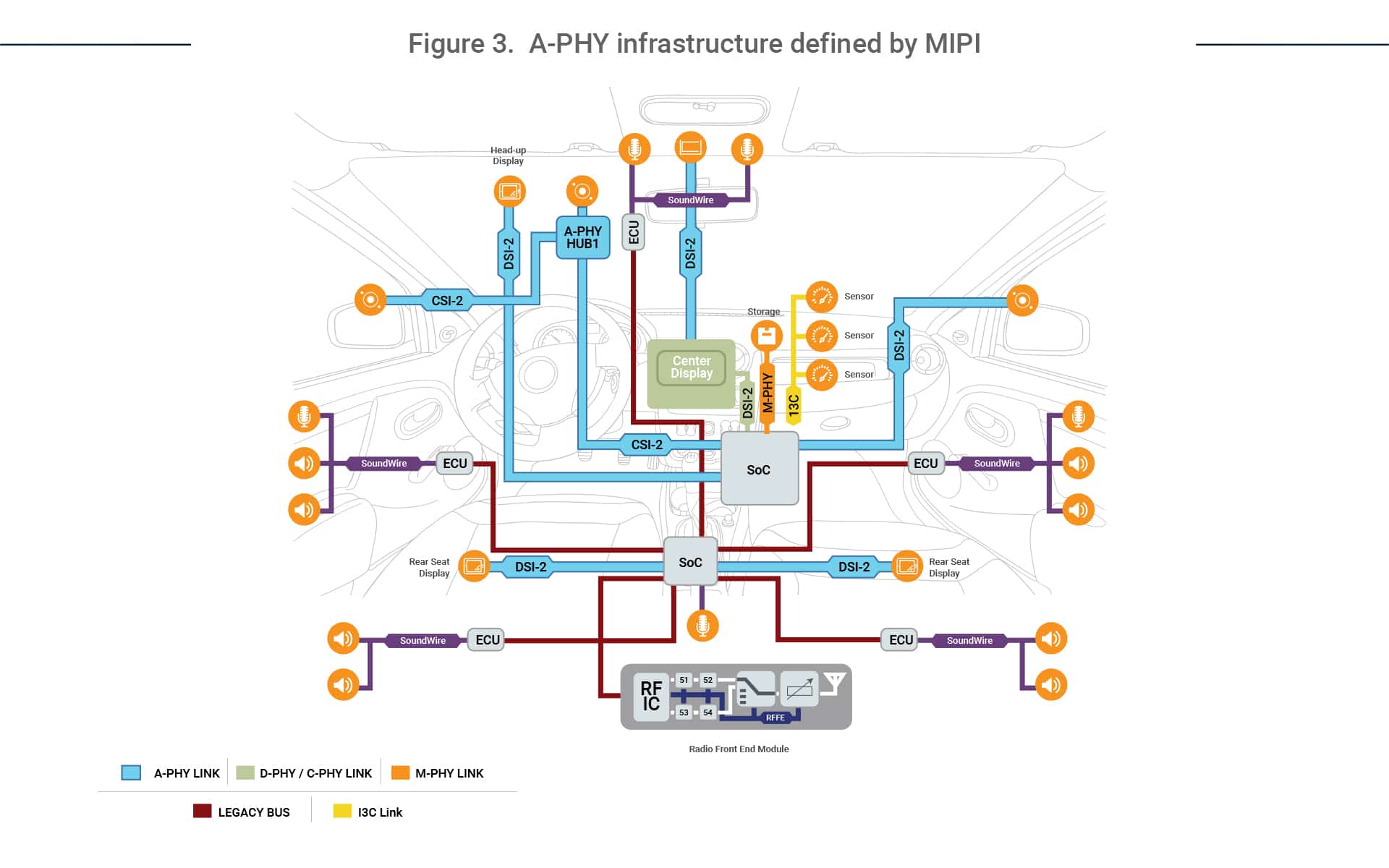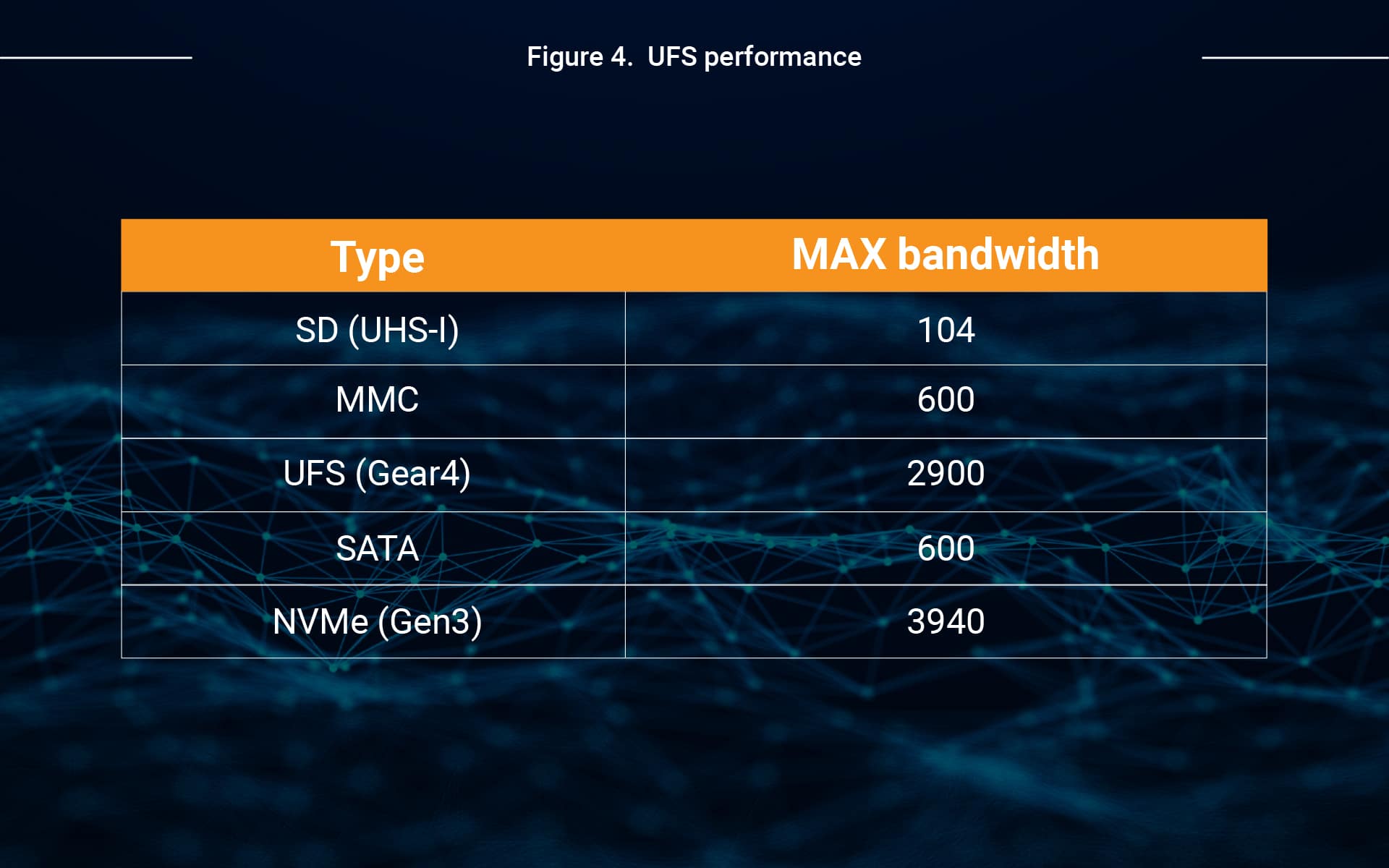The rise of automated driving is changing the future mobility. People will be traveling in ways that could not have been imagined just a few decades ago. As soon as the next five years, we may see “closed-environment” transportation (such as public buses and taxis) or the widespread use of automated parcel distributing robots in warehouses and personnel carriers in airports.
Due to technological complexity, safety, and legal concerns, private automated transportation still needs more time and maturity before becoming commonplace. But once these obstacles are overcome, people will essentially be traveling in giant smartphones, working, holding meetings, watching movies, and even resting in their car, all with a much better user experience than today.
The constantly expanding need for storage by automated transportation
Automated transportation cannot be fully realized without 5G communication and edge computing. These two platforms enable the transfer and storage of the vast amounts of data generated by automated driving systems.
It’s estimated that technologies, such as AI microcontroller units, complex cockpit domain controllers, GPS, and multimedia devices, can generate between 1TB and 4TB of data daily per vehicle. Plus, 5G’s one millisecond response time (ten times faster than 4G) allows a considerable quantity of traffic data to be sent to and collected between individual vehicles and the cloud to be used as reference sources for future improvements.
On the other hand, edge computing allows a vehicle to store data received from the cloud for passenger uses, such as entertainment or driving aids. 5G communication and edge computing must work together and depend on each other to enable maximum data transfer and storage efficiency.
As more and more automated vehicles appear, the bandwidth of 5G communication could be affected under specific scenarios such as rush hour and driving in rural areas. During such cases, edge computing will determine the need and opportunity of sending or receiving data. Plus, on-board technologies require a high-capacity data storage device that can send out and receive data at ultra-high speed, which is where UFS fits in.
UFS positions itself as the ideal storage device for automated vehicles
The interface adopted for UFS by JEDC was derived from MIPI. MIPI (Mobile Industry Processor Interface), an alliance founded by multiple leading portable phone manufacturers back in 2003, created a standardized connecting interface for portable devices. Therefore developers implementing UFS can significantly increase the efficiency of new device designs and reduce new product development lead-time and compatibility issues.
In December 2020, MIPI announced A-PHY, a standardized connecting interface specifically for automobile use. With this interface, numerous opportunities were opened for the 300+ portable device manufacturer members to quickly shift their products to automobiles without going back to the drawing board. Below is an illustration of the A-PHY infrastructure defined by MIPI. Meaning, UFS (M-PHY) is perfectly positioned to launch into any type of automotivesystems.
Image source: CSDN.net
On the other hand, UFS’s capacity and performance are top-level and can easily satisfy any automotive application and storage requirements.
Why you need to switch to UFS for your automotive storage solutions
UFS is the ideal choice for automotive use because the system and interface of this device are already defined and compatible with many automotive systems.
UFS has a considerable potential of becoming the primary storage device type for high-end mobile units due to its capacity and processor speed. With the introduction of a universal automotive connecting interface, UFS can be smoothly transformed into the primary storage device for automotive applications. Many A-PHY-equipped vehicles with UFS are scheduled to be shipped by manufacturers in 2024.
If you’re not already planning to switch to UFS, then it’s time to start planning. And Phison is the perfect partner to help integrate UFS for your automotive solutions.














